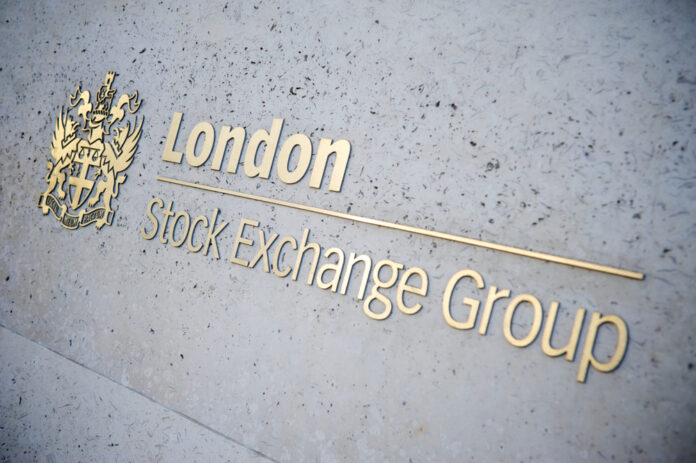The FTSE 100 reversed early losses on Tuesday after US CPI came in cooler than expected bringing forward expectations of when the Federal Reserve will cut rates.
As traders awaited highly anticipated US CPI data released at 13.30 GMT, Tuesday’s trading session had a quiet start after US stocks closed broadly flat on Monday night.
However, markets sprang back to life as soon as investors learned of the US’s cooler-than-expected October CPI reading, with US equity futures trading almost vertically higher and the FTSE 100 turned positive. US bond yields sank as investors started pricing lower interest rates along the curve.
US CPI fell to 3.2% in October from 3.7% in September. The lower-than-expected reading confirms a downtrend in inflation and moves headline and core inflation back towards the Federal Reserve’s 2% target.
Today’s reading validated market positioning by those who brushed off hawkish comments by Federal Officials suggesting there could be more interest rate hikes in the coming months.
Indeed, markets brought forward pricing of when the Federal Reserve will cut rates next year shortly after CPI was released.
Today’s reading does not entirely rule out another interest rate hike by the Federal Reserve, but it reduces the chances significantly. It also feeds the argument of a soft landing in the US economy.
Sentiment improved dramatically in the immediate wake of the announcement, and the FTSE 100 was trading 0.1% higher at the time of writing after residing in negative territory all morning.
FTSE 100 movers
Ocado leapt to the top of the FTSE 100 leaderboard on news of cooler US inflation as the food distribution technology company demonstrated its ‘tech stock’ attributes. US names such as Tesla, Meta and Netflix were higher in the premarket.
Vodafone was the biggest disappointment of the session after operating profits nearly halved in the most recent half-year period. The new CEO is struggling to deliver a turnaround strategy with weakness across many European countries, although there was minor positivity from Germany in the second quarter.
DCC was 12% higher after the industrial support services company said adjusted operating profit gained 12% in the six months to ended September.
Imperial Brands shares were marginally lower as the company tackled lower volumes with pricing strategies, leading to a 26% increase in operating profit. Strong performance in their vape business did a lot of the heavy lifting in terms of sales.
“Amid strengthening political and regulatory headwinds, one might think the tobacco and vaping industry is struggling. Imperial Brands’ results would suggest otherwise, as profits and dividends are growing,” said AJ Bell’s Russ Mould.
“While the industry might have over-estimated the speed by which smokers transition to vaping and other next-generation products, when you add up sales across the board companies like Imperial Brands are still making big money.”

